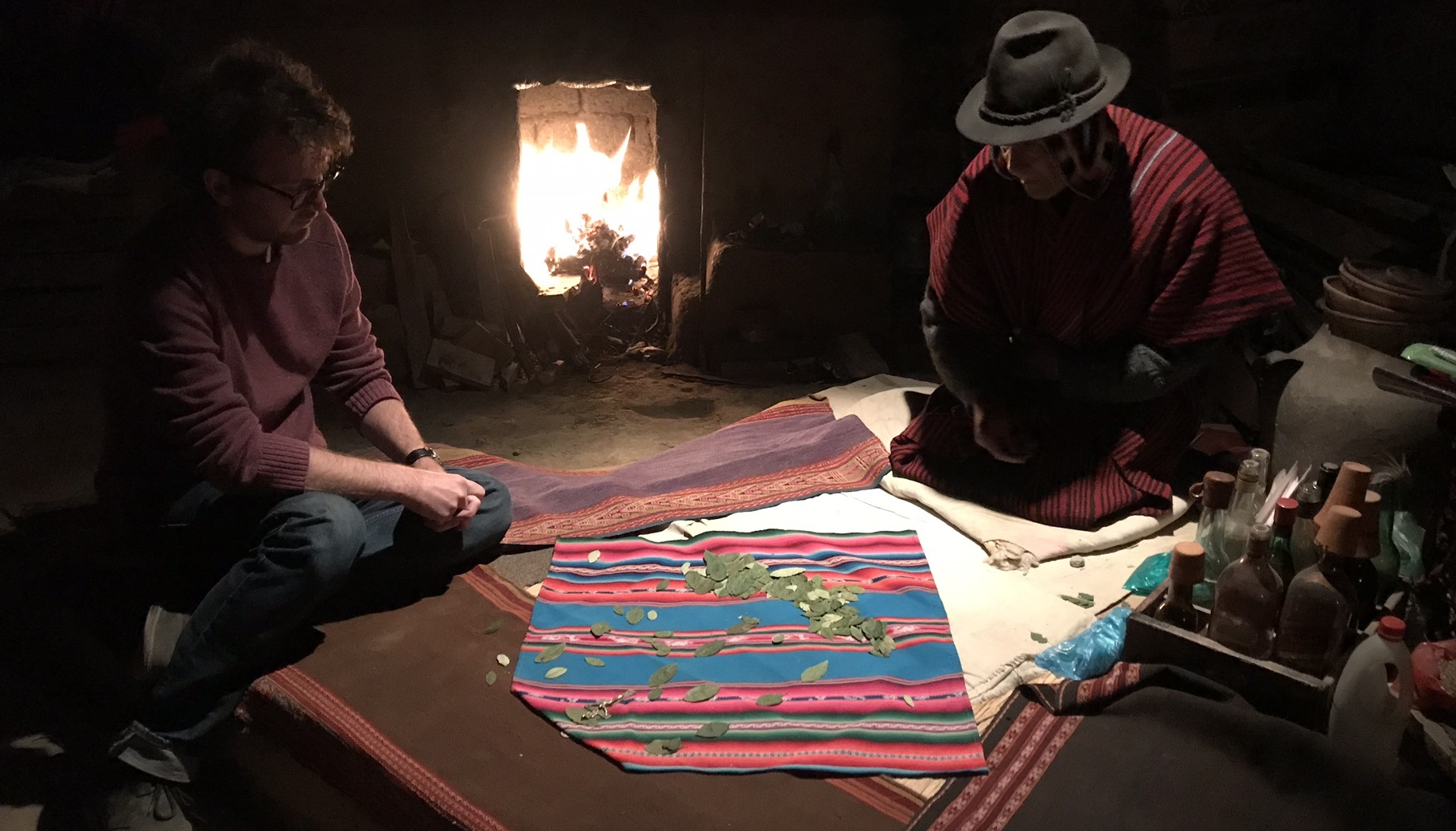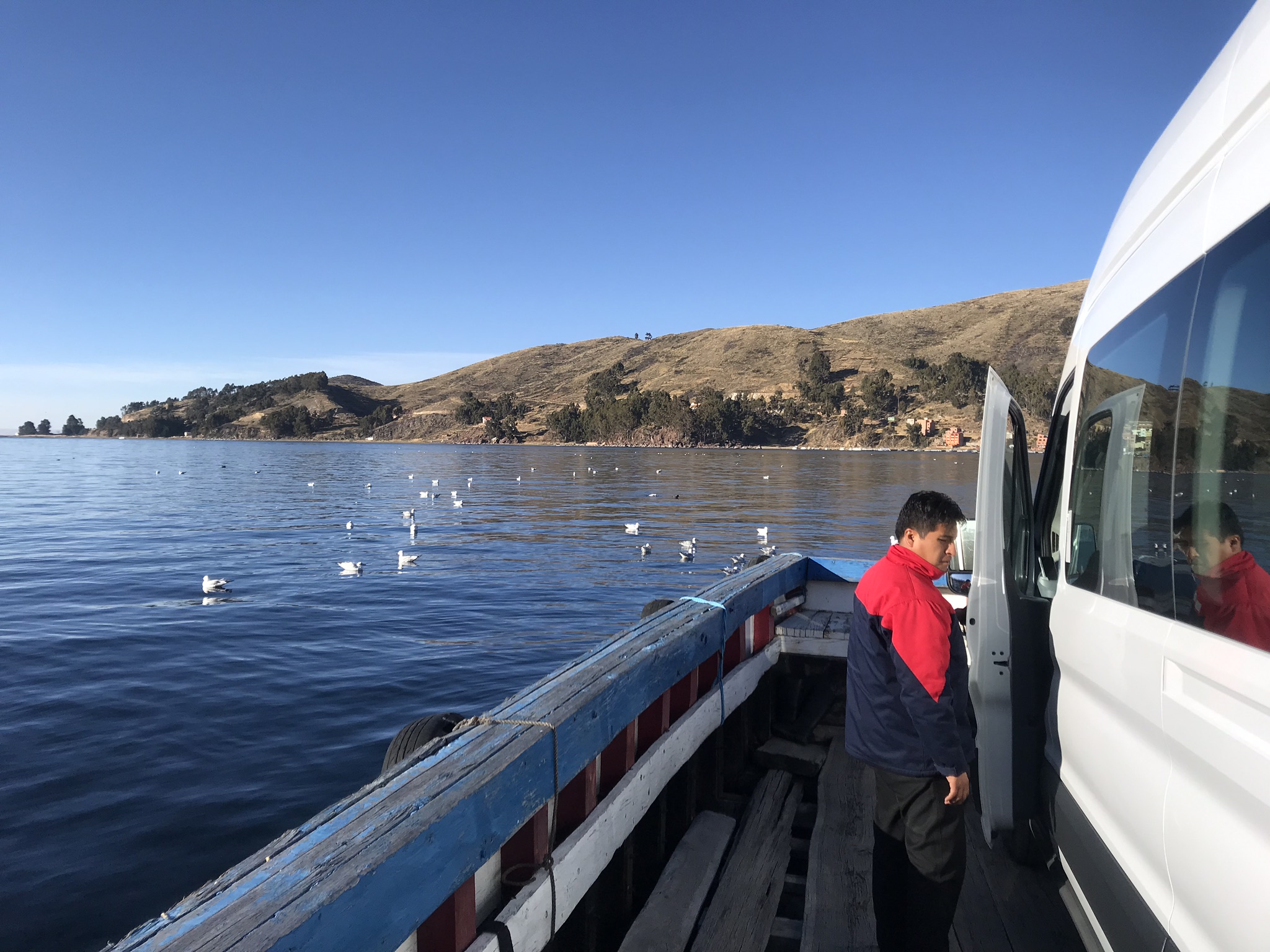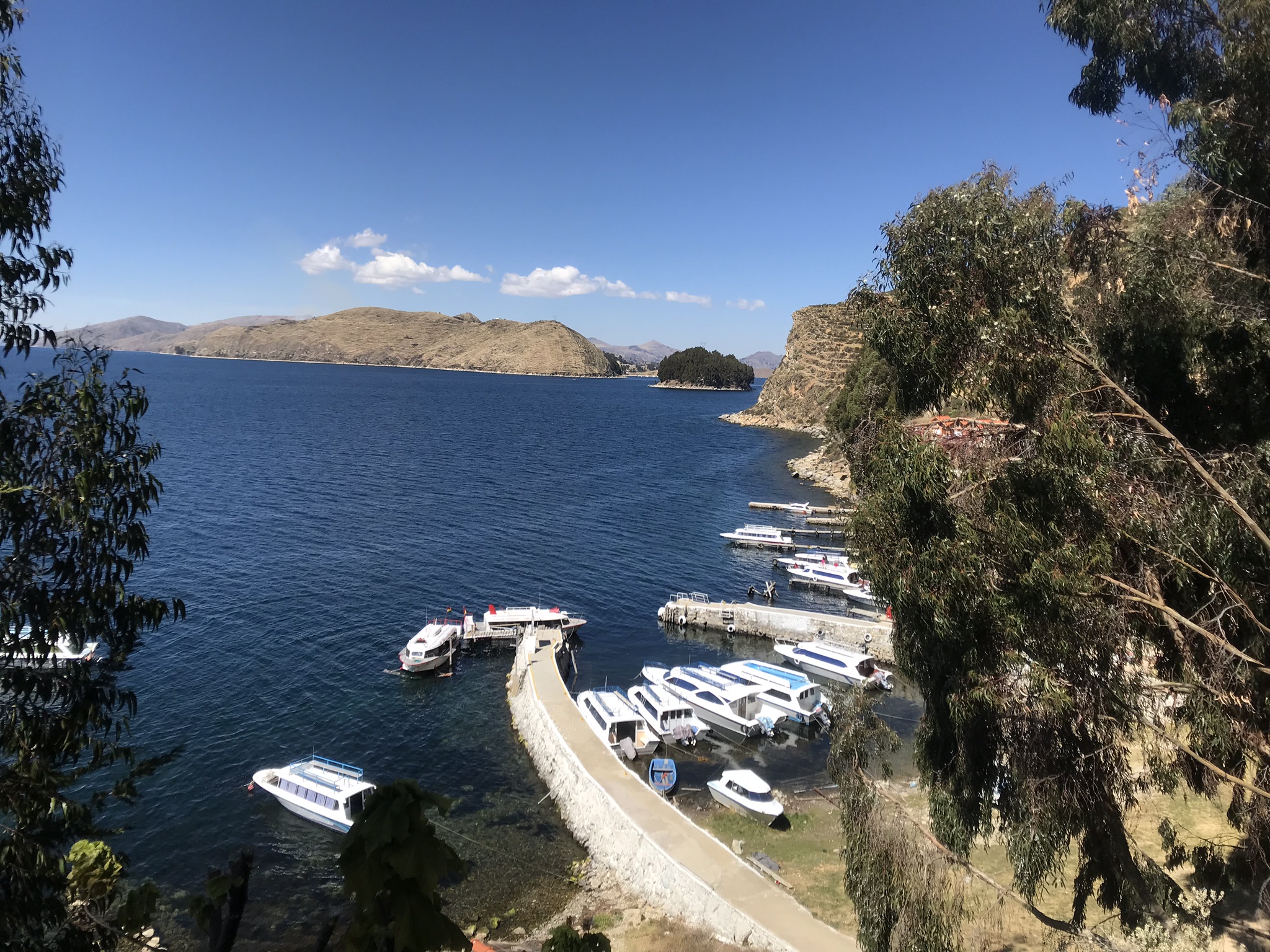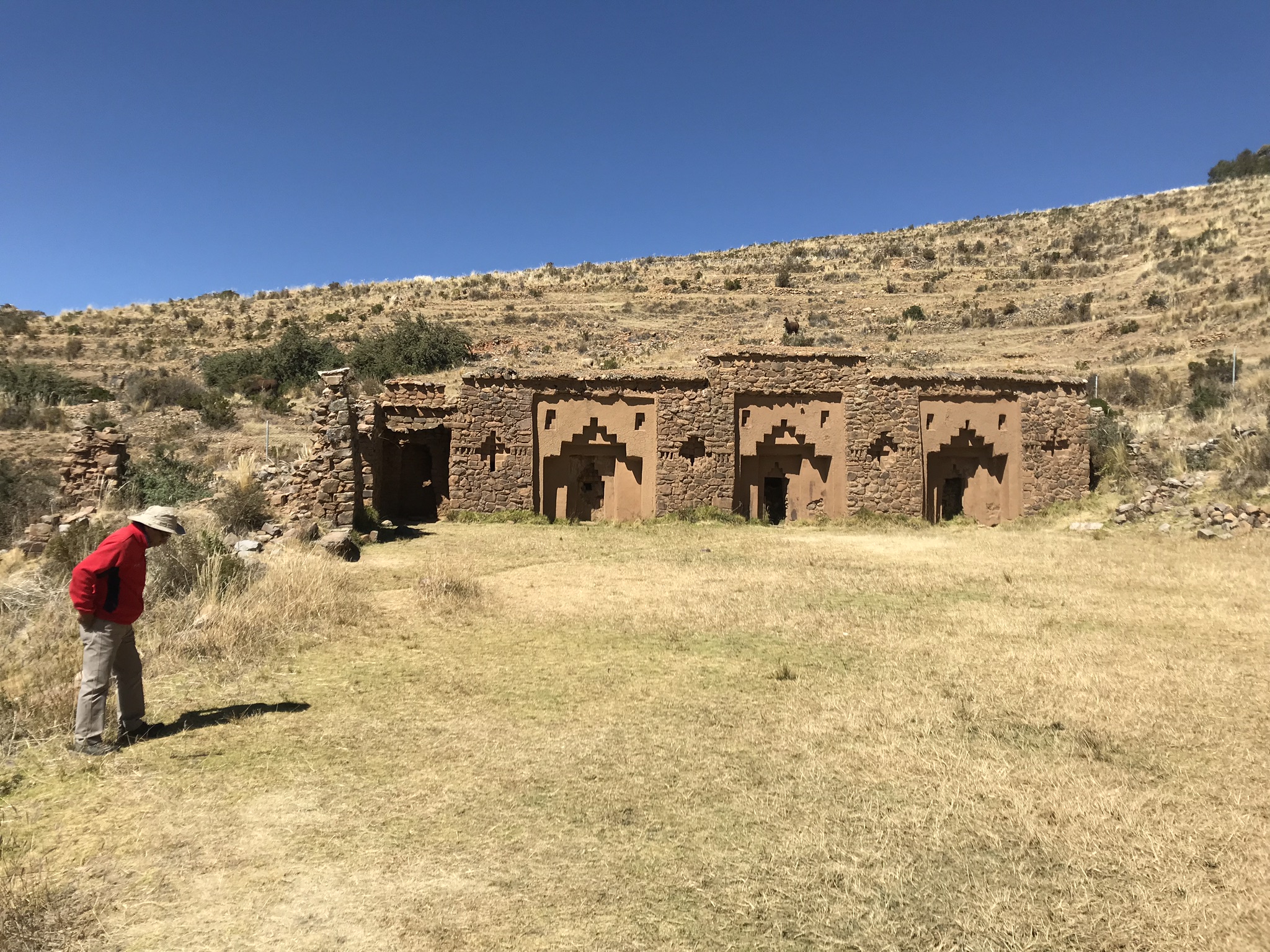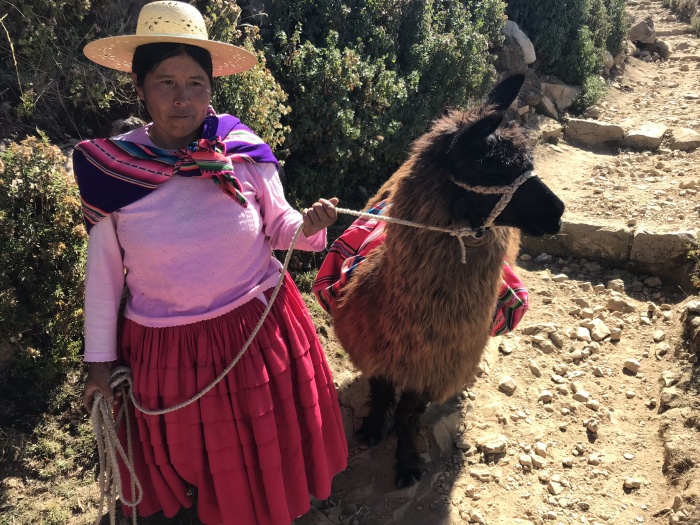
Breaking Travel News investigates: Lake Titicaca, Bolivia
More than a decade ago, when I was getting my start in the travel writing industry, I read an article by scene stalwart Simon Calder about an adventure to Lake Titicaca, the highest navigable lake in the world. Perched on top of the Andes, on the border between Peru and Bolivia, it seemed impossibly exotic, the most distant, mystic place on earth. Writing in the Independent, Calder described an almost mythical community, still largely untouched by western tourists, a place utterly detached from our office-centric lives here in Europe.
Skip forward a few years, and my opportunity to follow in his footsteps finally arrived. Following the World Travel Awards Latin America Ceremony, I wangled a 24-hour break in Bolivia, just enough time to take in the lake from my base in La Paz.
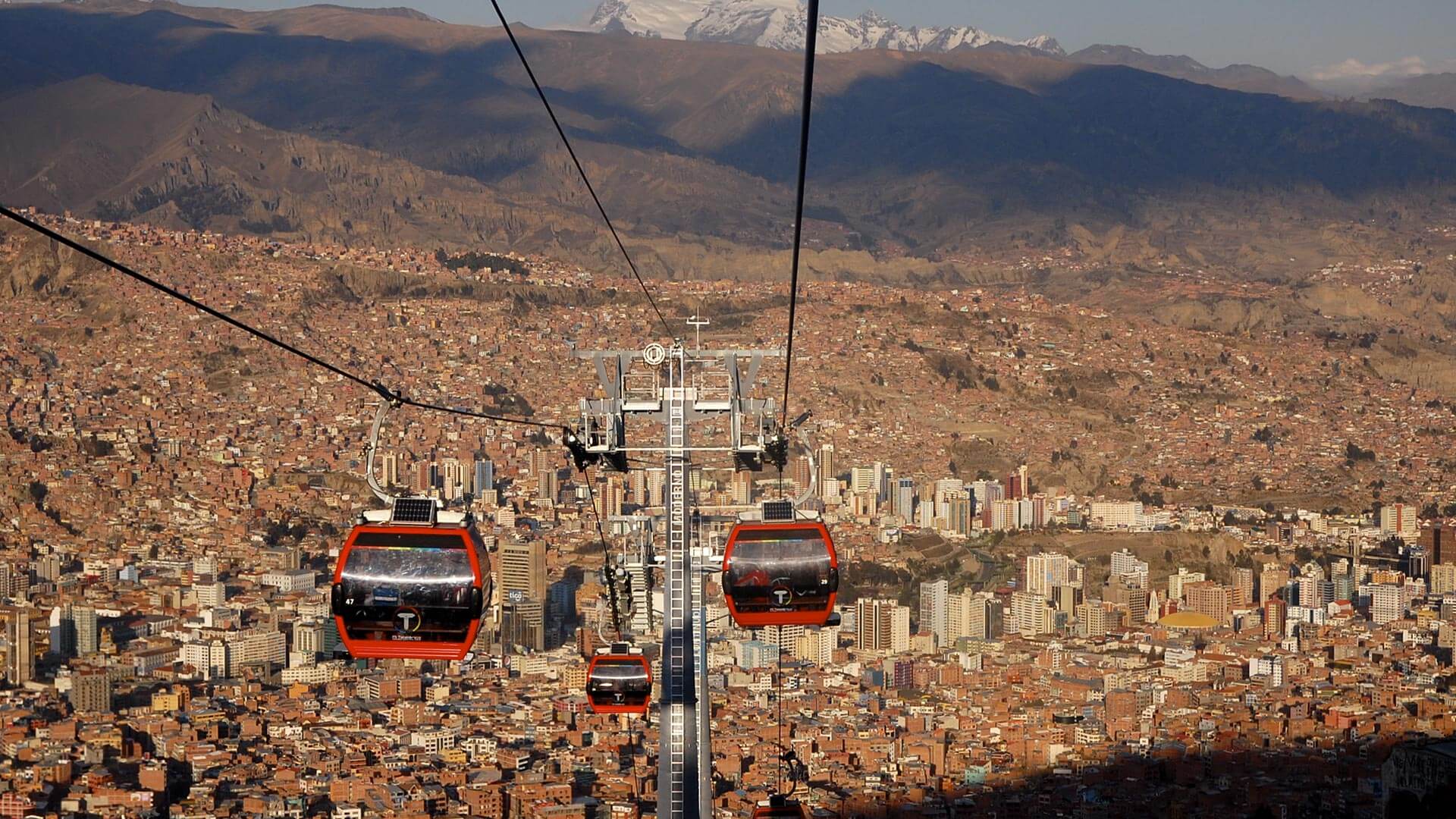
Home as I prepared for the trip was Hotel Europa, one of the few properties in the commercial capital of Bolivia that meets international standards. Rooms are large and well-kept, English speaking staff are efficient and polite and there is a charming botanical garden in the reception – all very inviting. Centrally located, it is only a kilometre from Plaza Murillo and the surrounding sights, as well as a few steps from the offices of Evo Morales. Indeed, as I meet my guide for the day, Herman – “they call me the German” – the president’s motorcade whistles past, whisking him to another day in the office.
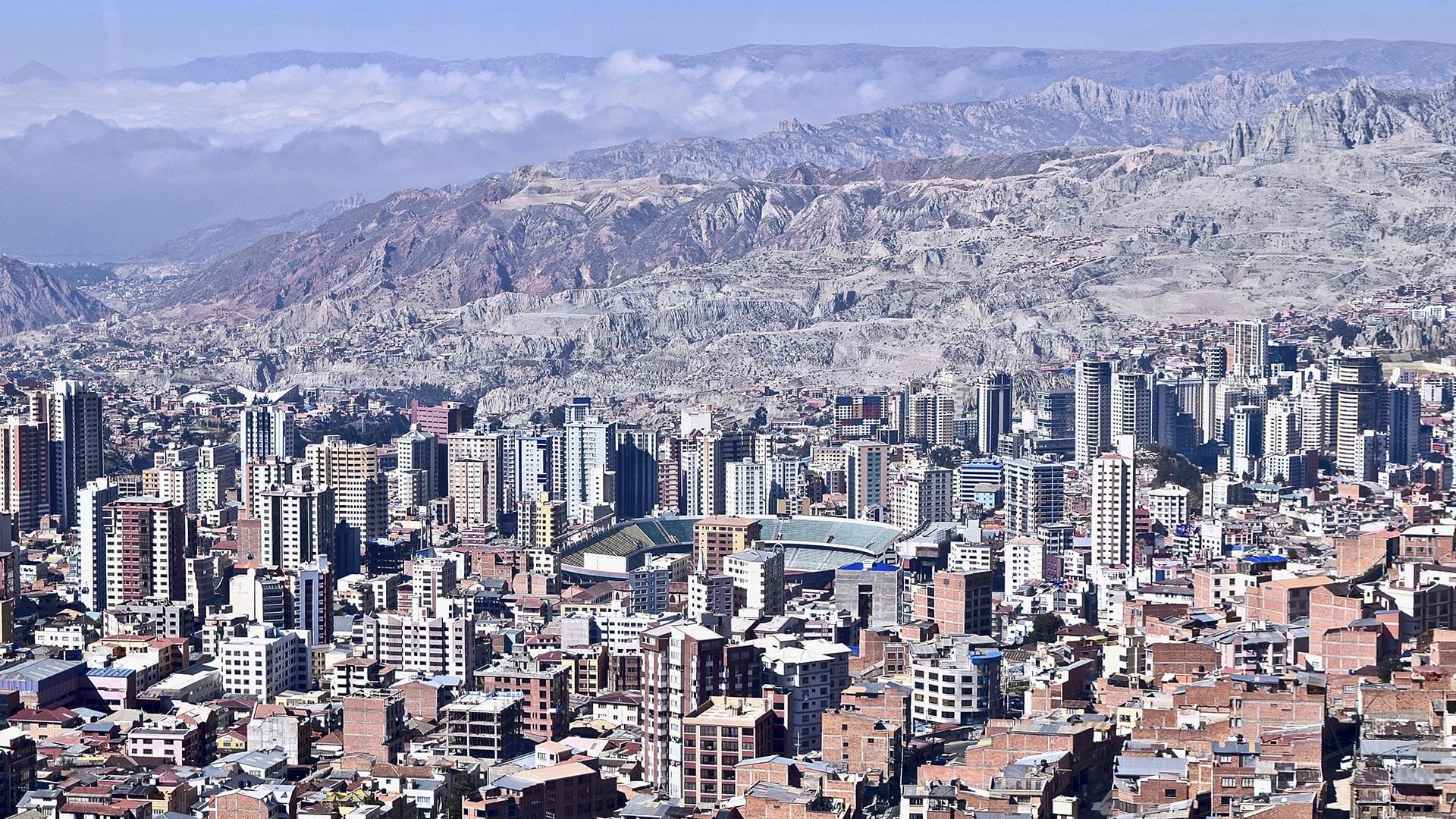
Before the sun is even up, we are on our way, navigating through the twin city of El Alto. While a little more rough and ready than La Paz, those visiting Bolivia will want to take in the restaurants, bars and markets here as they give a more authentic flavour of the country than the more commercial city in the valley below. Gradually the top floors disappear from the brick houses, then walls begin to fall away, until finally we pass rows of semi-complete foundations. Herman explains this is all planned, with buyers snapping up property now, waiting for the city to expand outward to incorporate them. In the distance the snow-capped mountains loom, creating a vertical barrier between the plateau and the Amazonian rainforest on the other side.
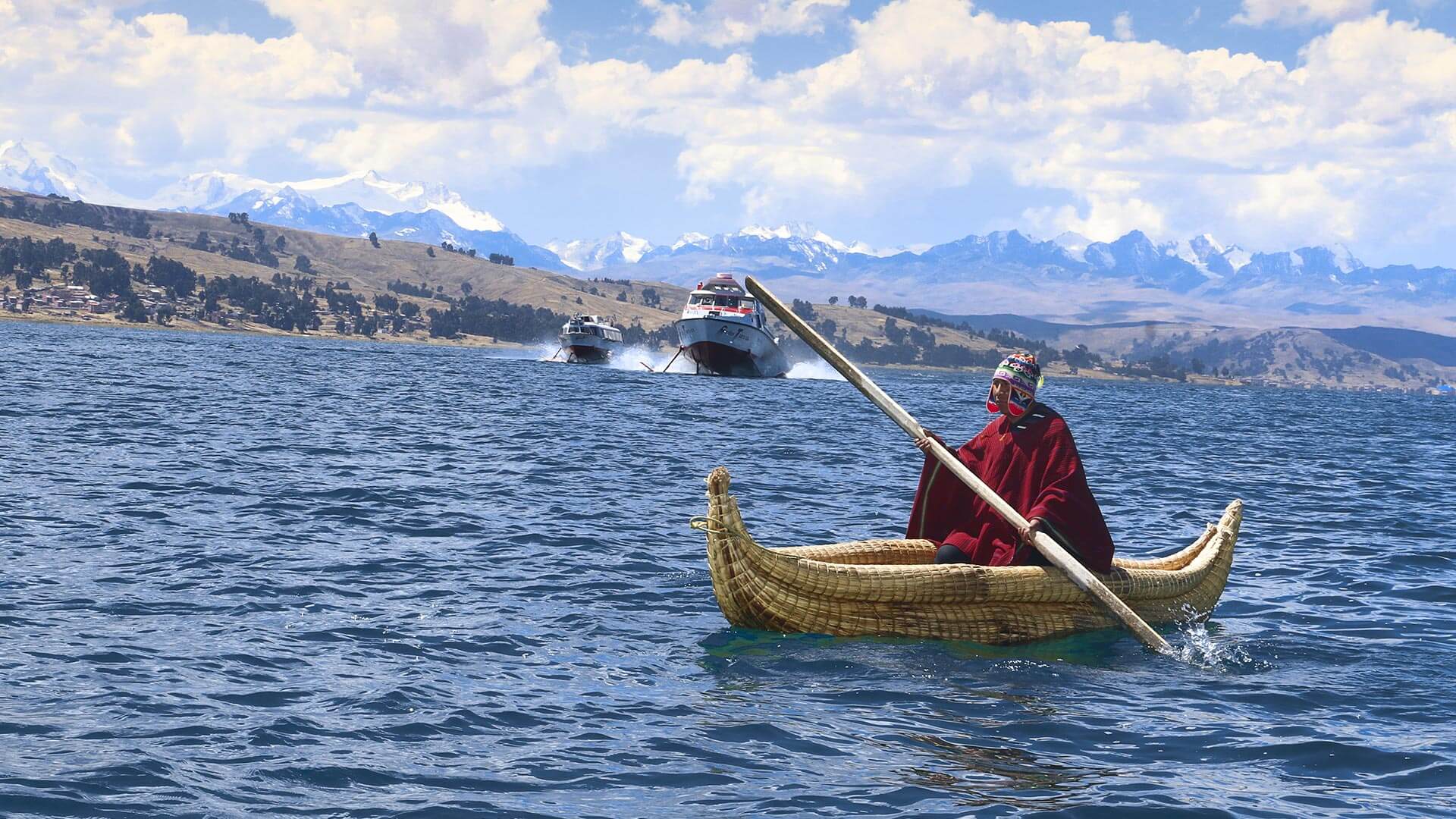
First stop is the 65-room Inca Utama Hotel - a great place to get acclimatised for the journey ahead. Lake Titicaca is nearly 4,000 metres above sea level, so altitude sickness is a real problem. Ideally visitors will spend several days taking slow walks, drinking water and preparing. But if you don’t have time, cocoa tea is a readily available shortcut. Used to treat all maladies in Bolivia, and South America more generally, it is said to cure sickness on the spot – though results remain inconclusive.
Also on offer at the hotel are several museums, exploring the night sky above the Andes, the culture of the indigenous peoples of Bolivia, Kallawaya medicine and the history of the reed boats that sail the lake. All are a great deal better than they have any right to be in this remote location and are well worth a visit. During my brief stay, a Kallawaya healer offers a blessing and reveals how many children I will have – only time will tell if he is correct.
Onward and a few miles to the east is Tiqunia, the narrowest point on the lake. The road to get here is under construction in places and the journey can be a little hair-raising. Over 100 ferries ply their trade, taking traffic from La Paz, and the occasional tourist, to the far bank. The 750-metre crossing takes around ten minutes and costs 30-80 bolivianos depending on the size of the vehicle. Slightly worryingly, the largest vessel is called the ‘Titanic’ – but we manage to get across unscathed.
Floating on the lake are the rather sad looking remnants of the local navy. Following the War of the Pacific, Bolivia lost 120,000 square kilometres of land to Chile, cutting it off from the ocean. While the legal wrangle is still ongoing, it seems unlikely the navy will be returning to the high seas any time soon. For the (fool)hardy, there is also an annual swimming competition on July 24th, with competitors encouraged to swim the straight in search of personal glory.
Safely across, we head for Copacabana on the shores of the lake. Bolivia attracts around 1.2 million international visitors a year, so while there are a few other tourist groups on the same route as us, it will be some time before the town rivals some of the more popular destinations in neighbouring Peru. This means there is plenty of peace, should you seek it, and locals are barely interested in the passing backpackers.
Before we board our hydrofoil, there is just time to enjoy one of the more peculiar sights on our journey. In the shade of the Basilica of Our Lady of Copacabana a row of cars waits for the priest. Each is decked out in garlands of kantuta (the sacred flower of the Incas) and has a bottle of champagne at the ready. Herman (who was baptised in the church) explains that drivers come from as far afield as Brazil to have their vehicles blessed – a form of celestial insurance. As the priest makes his away along the line of waiting faithful, he sprinkles holy water on each car, blessing it and guaranteeing it safe passage on its upcoming journey. This being the Catholic church, there is a price to pay, though it is only 40 bolivianos (£5).
In the harbour a few moments’ walk away, the Inca Arrow awaits. Hydrofoil is the quickest and most glamorous way to get around the lake, with the journey over to Sun Island taking just 20 minutes or so. The views as we set off are stunning, with the fresh water stretching for miles into the distance. Beneath, the lake features trout imported from Canada and King Fish from Argentina, while the Titicaca water frog can still be spotted on occasion.
All too quickly we arrive at Sun Island, home to 4,000 people and 900 nameless donkeys. Walking up from the jetty, we are joined by a pair of inquisitive llamas as we visit the Pilcocaina temple, built by the Incas in honour of the sun god. While not much information remains about the location, it is likely it was used as a place of sacrifice, aligned as it is with the position of the rising sun on the solstice. A little further up, there is Yumani fountain, which is said to give eternal life to those who drink its waters. More prosaic, but no less welcome, is Posada del Inca – a charming hotel that offers respite to weary travellers. After seven or eight hours on the road, we enjoy fresh fish for lunch as we take in the views below – bliss.
The final stop on our tour is Moon Island. While Sun Island had seemed remote, this is a different world again. Home to just 80 people, and without electricity, let alone internet, this is as far from the modern world as it is possible to get. The island is home to the Inca Temple of the Virgins of the Sun (Iñak Uyu) which remains largely unspoiled. Here it is possible to take a few moments for quiet reflection amid the deafening silence. There are also some basic hostels for travellers wishing to stay the night, but they lack heating or hot showers, so prepare for a bracing morning in temperatures than can easily fall below freezing.
Back on the boat and we head from the mainland at Cocotoni to begin our journey back to La Paz. After a decade of waiting, Lake Titicaca was everything I hoped it would be, and so much more. It is so far removed from the lives we lead that it really must be experienced to be believed.
More Information
Rates at Hotel Europa, a member of Preferred Hotels & Resorts, start from £60 per room per night. For further information or to book, visit the official website.
Breaking Travel News visited Lake Titicaca with Crillon Tours. Founded in 1958, the company is considered a pioneer in Bolivian tourism, meeting the expectations of the most demanding travellers.
To find out more about visiting Bolivia, take a look at the official website here.
Chris O’Toole


